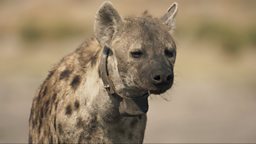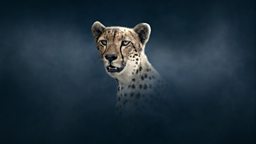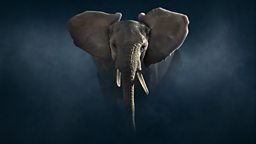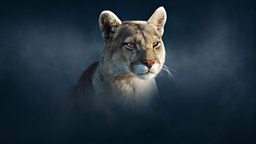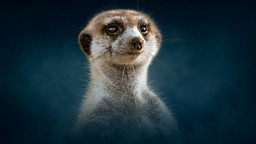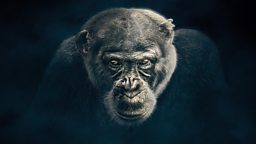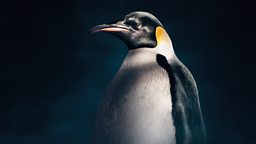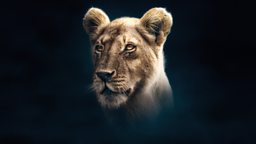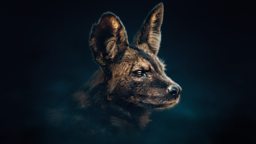Hyena ID guide
Spotted hyenas live in large groups of typically 30-40 individuals in Liuwa Plains. Though more frequently seen in smaller numbers, the film crew had to be able to identify between clans and quickly spot key characters.
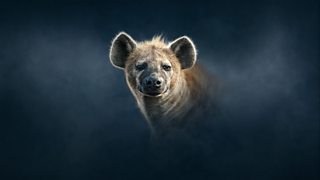
Although looking similar to the untrained eye, all hyenas have unique features that allow us to identify each individual. First and foremost, we look at the spot pattern as each hyena has a unique pattern of spots on their coat and this pattern doesn’t change as they get older. Easiest to look at are the spot patterns on the legs, shoulders and rear as the belly may be fuzzier, making spots harder to distinguish, especially in cubs and sub-adults and old adults.
Other features that may help to identify the individual are shape of the face and ears, estimated age, possible scars and (old) injuries, such as ear notches, shorter tail or a limp and general size of the spots. Some hyenas are also darker or lighter than others, so colour may be an indicator, but this may not always be reliable as the colour may change as they get older and they may look different after a mud bath!
Here are some key features that helped us to distinguish three of the main Hyena characters...
Suma
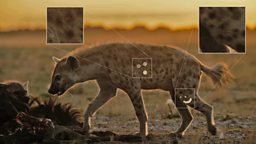
Sia
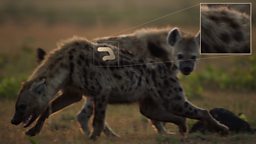
Sara
